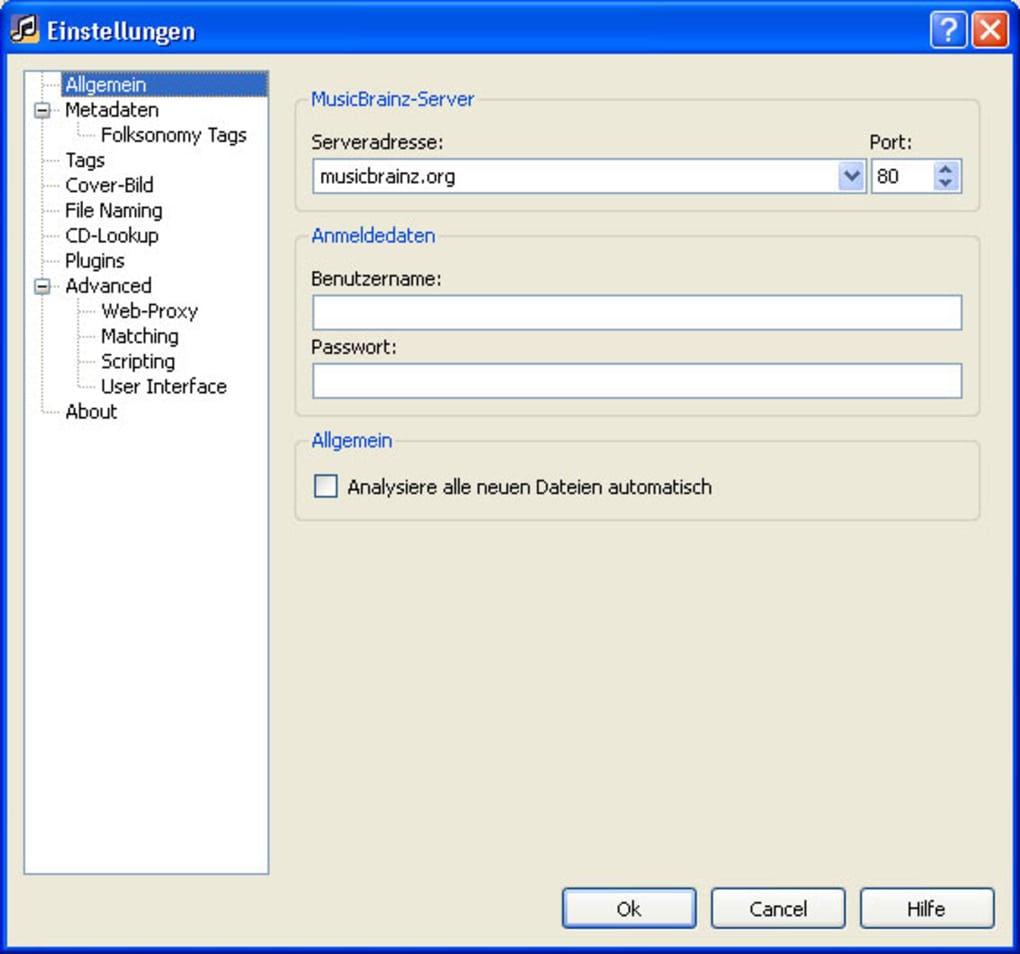

Developed by the Metabrainz Foundation with backing from record companies like Sony Music Entertainment Japan Inc., it was created as part of a project called “MusicKB,” which aimed to build tools that would help people discover new music more easily through data analysis.
#USING MUSICBRAINZ PICARD SOFTWARE#
Head to the Plugins options menu to discover what’s available.MusicBrainz Picard is an open-source software application for identifying, tagging, and organizing digital audio recordings. Over time, some of the most popular plugins are integrated into Picard, so it’s a great place to experiment and learn what’s possible. You can use plugins to add mood and genre tags, calculate and save BPM (beats per minute) details, generate cue sheets, add lyrics, and much more. Few of these plugins are essential picks, but it’s to fun browse the repository to see if any pique your interest. Add features to Picard with pluginsĪs an open-source project, you’d expect Picard to support community-developed extensions that enhance the base features of the app with new functionality. Terry Walsh/TechHiveĮnrich your music library with cover art. By default, Picard won’t overwrite existing artwork, but can be set to do so with a simple checkbox. It allows you to customize the size of artwork that is downloaded by Picard alongside the ability to select and prioritize the sources for those files. The Cover Art menu is also worth checking out. I use advanced metadata options to ensure I save English language tags for Japanese video-game soundtracks. You can also configure how tracks by Various Artists and non-album tracks (recordings that do not belong to any release) are named and grouped.


Release and track relationships control whether extended tags, such as URLs, composer, lyricist, performer, conductor, DJ, and others are downloaded and saved during searches. The Metadata sub-menu offers greater control of tags, including language options, the use of standardized artist names, and the amount of metadata that is retrieved. Configuring advanced metadata settingsĪdvanced users should also explore Picard’s options menu, as it allows more granular configuration of search results and custom settings. For dedicated music collectors, this is an essential feature. If you’re unsure of the exact format, work through the list until you find a match. You can select different releases from the list displayed and Picard will then attempt to match your tracks to that release. The metadata is pushed to the Picard app in a couple of seconds. You’ll be presented with a list of formats and country-specific release details. Picard usually does a great job of identifying an album, but when you see the album name appear in the right pane, right-click on it with your mouse and hover over Other versions in the context menu.


 0 kommentar(er)
0 kommentar(er)
